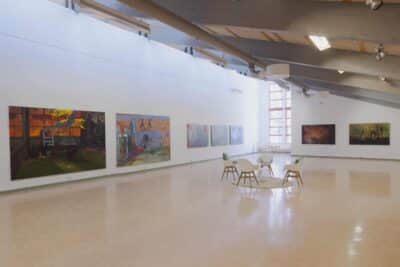
Rättviks konsthall, Rättvik, Sweden
Solo exhibition
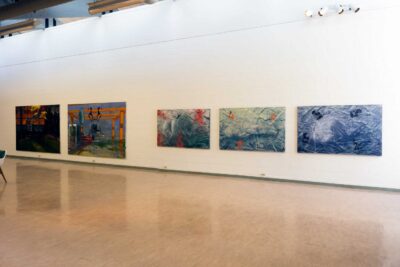
Rättviks konsthall, Rättvik, Sweden
Solo exhibition
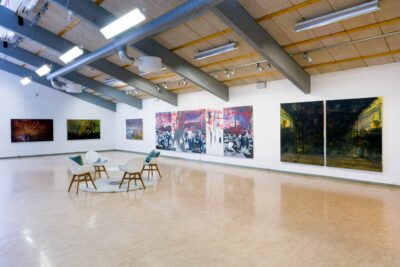
Rättviks konsthall, Rättvik, Sweden
Solo exhibition
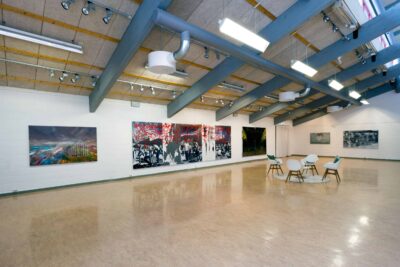
Rättviks konsthall, Rättvik, Sweden
Solo exhibition
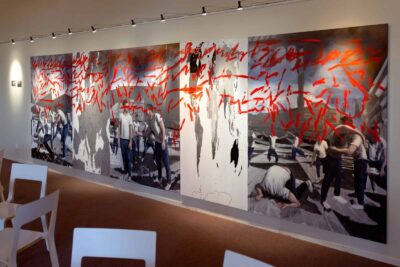
Runö konsthall, Åkersberga, Sweden
Solo exhibition
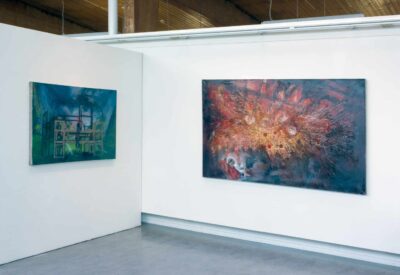
Tyresö konsthall, Tyresö, Sweden
Solo exhibition
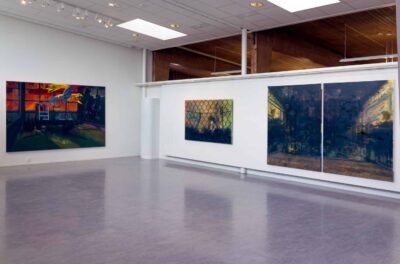
Tyresö konsthall, Tyresö, Sweden
Solo exhibition
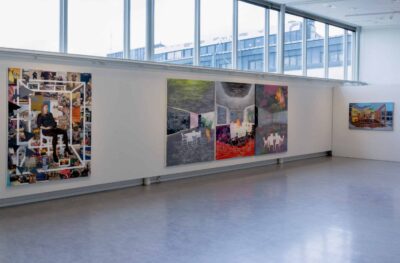
Tyresö konsthall, Tyresö, Sweden
Solo exhibition
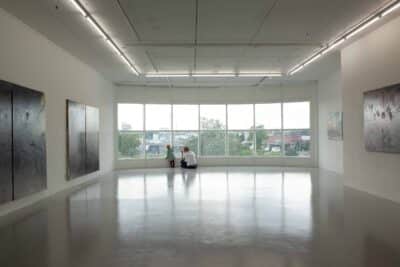
wip:konsthall, Stockholm, Sweden
Solo exhibition
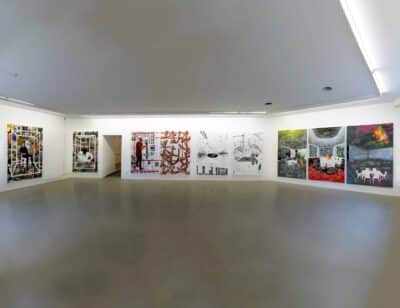
Gocart gallery, Visby, Sweden
Solo exhibition
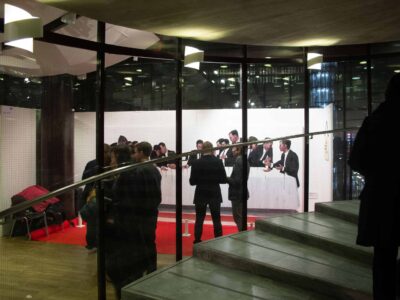
Supermarket, Stockholm, Sweden
Solo exhibition at art fair
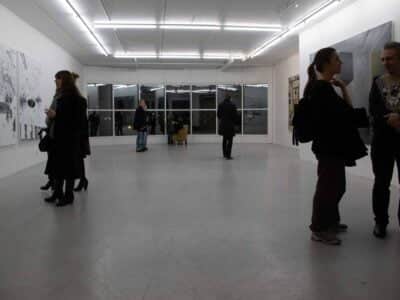
wip:konsthall, Stockholm, Sweden
Solo exhibition
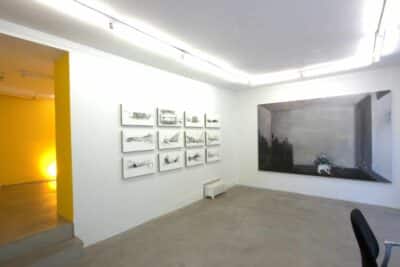
Galleri box, Gothenburg, Sweden
Solo exhibition
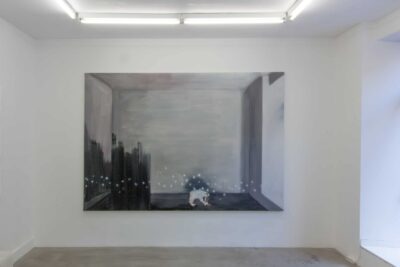
Galleri box, Gothenburg, Sweden
Solo exhibition
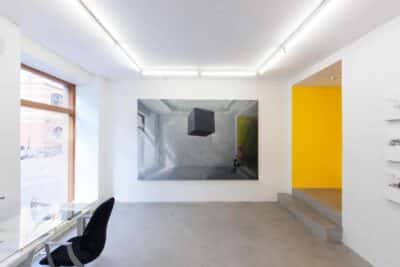
Galleri box, Gothenburg, Sweden
Solo exhibition
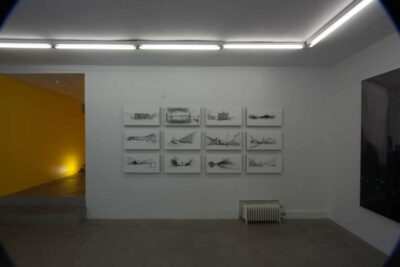
Galleri box, Gothenburg, Sweden
Solo exhibition
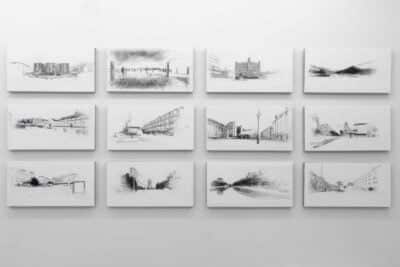
Galleri box, Gothenburg, Sweden
Solo exhibition
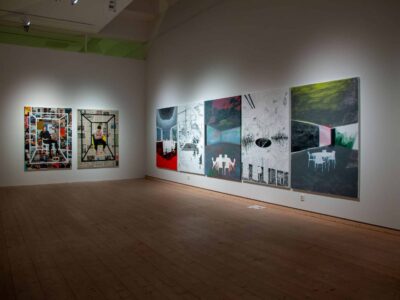
Museum of Artistic Process and Public Art and Galleri Pictura, Lund, Sweden
Solo exhibition
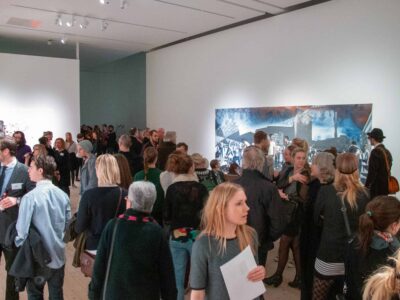
Museum of Artistic Process and Public Art and Galleri Pictura, Lund, Sweden
Solo exhibition
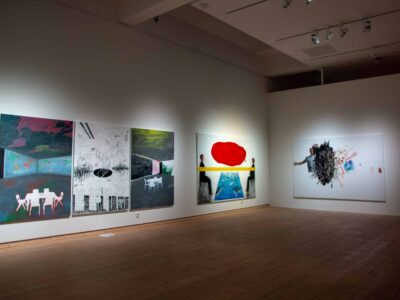
Museum of Artistic Process and Public Art and Galleri Pictura, Lund, Sweden
Solo exhibition
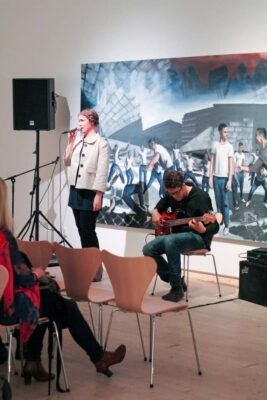
Museum of Artistic Process and Public Art and Galleri Pictura, Lund, Sweden
Solo exhibition
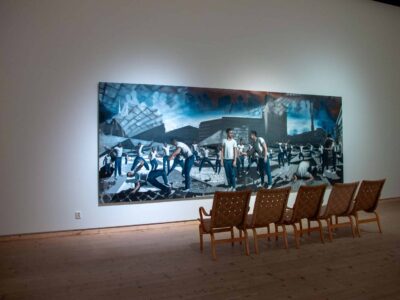
Museum of Artistic Process and Public Art and Galleri Pictura, Lund, Sweden
Solo exhibition
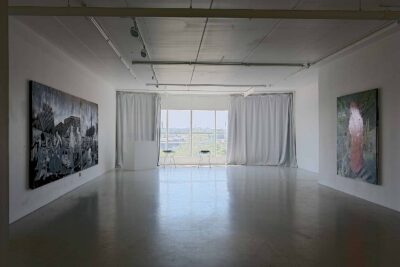
wip:konsthall, Stockholm, Sweden
Solo exhibition and public talk with artist kristina jansson
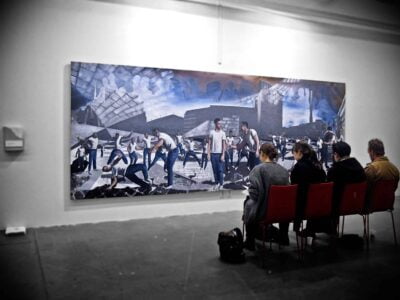
Konstfack, Stockholm, Sweden
Group exhibition

Nordin gallery, Stockholm, Sweden
Solo exhbition

Nordin gallery, Stockholm, Sweden
Solo exhbition

Nordin gallery, Stockholm, Sweden
Solo exhbition

Nordin gallery, Stockholm, Sweden
Solo exhbition

Nordin gallery, Stockholm, Sweden
Solo exhbition
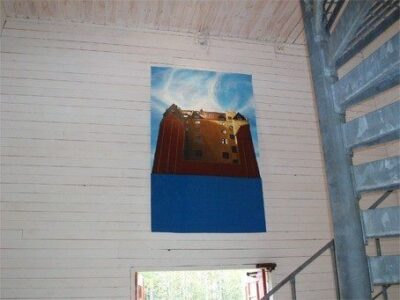
Alma Löv museum, Östra Ämtervik, Sweden
Group show
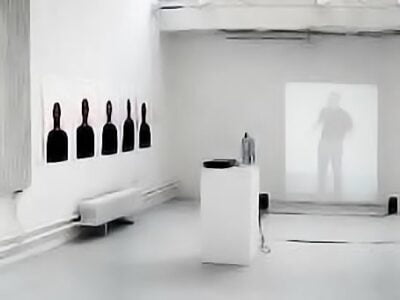
Beaux-arts de Paris, Paris, France
Solo exhibition
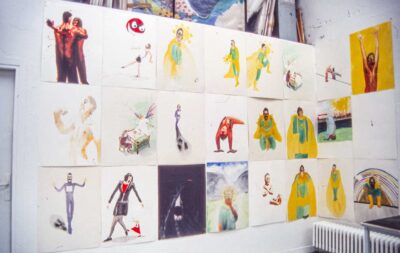
Paris, France
Solo exhibition
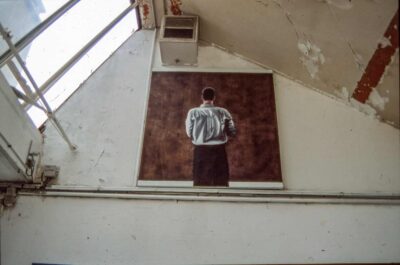
Paris, France
Solo exhibition
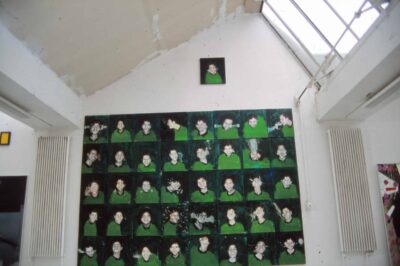
Paris, France
Solo exhibition
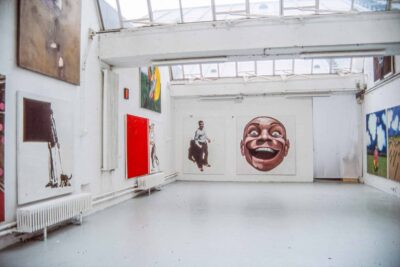
Paris, France
Solo exhibition
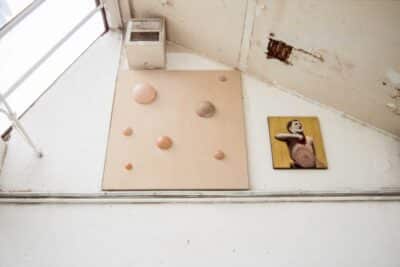
Paris, France
Solo exhibition

Paris, France
Solo exhibition
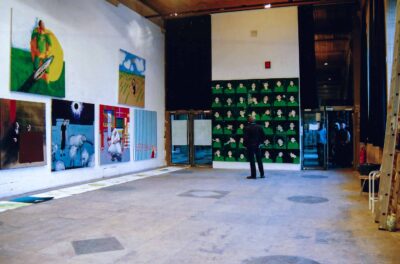
Paris, France
Solo exhibition
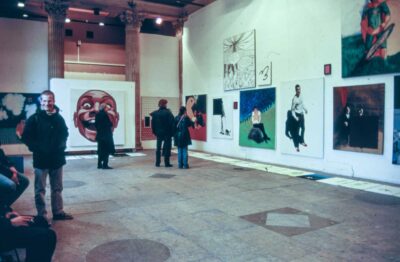
Paris, France
Solo exhibition
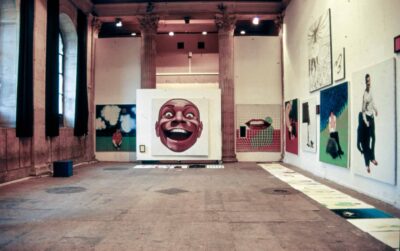
Paris, France
Solo exhibition